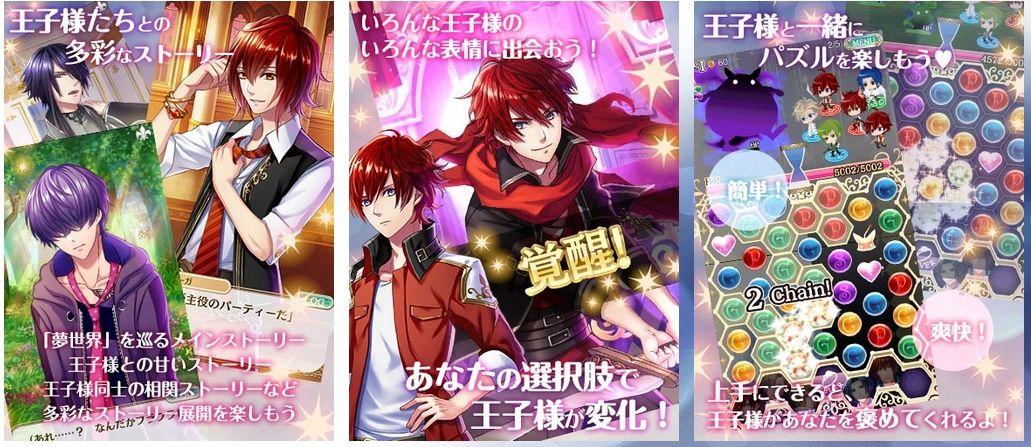Casual match3 games are and have always been one of the top dogs of the mobile game industry. For years now we’ve been witnessing what seems to be a never ending triumph of King’s Candy Crush Saga and its siblings at the peak positions of top grossing charts. The popularity of matching candies, bubbles, gems and cupcakes is understandable, as the match3 core is a perfect fit for mobile and the way mobile games are played. So perfect in fact that the meta game, which plays a crucial part in monetization and progression curve of other mobile game genres, has been conspicuously absent.

 Until quite recently casual match3s have been quite happy with sticking to the old pattern of ignoring meta and focusing on monetizing the core (why fix something that isn’t broken right?). Now this dogma is being questioned by the exploding success of Playrix’s Gardenscapes (and Fishdom). By adding a pinch of decoration and storytelling meta game to the mix, casual match3 enthusiasts have finally something fresh and new on their tables – and they’ve loved it. And as always when someone comes up with a new (and lucrative) way of doing things, others are bound to follow: King’s Bubble Witch 3, Rovio’s soft launched Angry Birds Match and many others have already jumped on this “light meta bandwagon”.
Until quite recently casual match3s have been quite happy with sticking to the old pattern of ignoring meta and focusing on monetizing the core (why fix something that isn’t broken right?). Now this dogma is being questioned by the exploding success of Playrix’s Gardenscapes (and Fishdom). By adding a pinch of decoration and storytelling meta game to the mix, casual match3 enthusiasts have finally something fresh and new on their tables – and they’ve loved it. And as always when someone comes up with a new (and lucrative) way of doing things, others are bound to follow: King’s Bubble Witch 3, Rovio’s soft launched Angry Birds Match and many others have already jumped on this “light meta bandwagon”.
So why has this new formula for casual match3s been so successful? An interesting read by Adam Telfer sheds light on the matter by giving us a thorough analysis of Gardenscapes’ monetization structure and highlights the power of adding light streamlined meta game aspects to a casual match3 game.
In Gardenscapes this has been done especially well, as unlocking more story content and renovating your home town requires progression in the core game. Telfer points out that this seamless combination results in a perfect core loop: Decorations and narrative teases players to stick around for the long haul, while their core can effectively pace and monetize of its player base.

Visual Novels to team up with Match3?
We here at GameRefinery research mobile game features, their trends and overall impact on games’ commercial performance. For a while now we’ve witnessed the upwards trend of so called “horizontal content” in mobile games, meaning that there are more than just one path or dimension to concentrate and progress within a game. Horizontal content is usually increased by adding meta game layer(s) and/or introducing more diverse progression and collection mechanics to the game’s core loop.
When looking at the success of Gardenscapes, it seems that this same trend might finally start catching up with western casual match3s as well. I used the word finally, because in Japan casual match3s joining hands with other casual genres to add horizontal content is nothing new. For example 夢王国と眠れる100人の王子様, one of the most successful matchers over there combines visual novel and match3 mechanics to create a package that appeals to casual gamers – and monetizes extremely well.
Gardenscapes’ core loop is actually made from the very same ingredients as夢王国と眠れる100人の王子様s – in both games the narrative elements lure players to keep on playing in a longer term, while the match3 core regulates progression pace and acts as the primary monetizer.

 It’s true that visual novels (and storytelling elements in general) are a HUGE thing in Japan, so 夢王国と眠れる100人の王子様’s success over there is no surprise. The million dollar question is, could it work here as well? I strongly argue that it really could and here’s why:
It’s true that visual novels (and storytelling elements in general) are a HUGE thing in Japan, so 夢王国と眠れる100人の王子様’s success over there is no surprise. The million dollar question is, could it work here as well? I strongly argue that it really could and here’s why:
- We already have examples of visual novel games topping the charts here. Just take a look at Episodes and Choices – their success stories prove that there’s a clear demand and paying audience for well-made visual novels
- Visual novels appeal to casual gamers – just like match3 games. There is no fundamental clash between the nature and target audiences of these two game types, so the “unfitting” risk is significantly lower than in some other hybrid games.
- Visual novel mechanics complement match3 core by introducing more meaningful progression and sense of accomplishment to the overall gaming experience. Unlocking new exciting storylines and plot twists is a surefire way to keep you audience engaged and hungry for more.
As the mobile game industry (and the gamers’ appetite) evolves, we’re going to see a lot of new innovative ways to help us pass time – even in the ever so static casual match3 genre. It seems that Gardenscapes and other casual matchers with light meta layer have struck gold with their fresh recipe. Now that the road is laid clear for other casual combos as well, visual novels might be the next genre to band up with matchers. They have a good track record in Japan, and it wouldn’t be the first time we adopted a Japan-originating invention in western mobile game markets (gachas, I’m looking at you).
Let’s see what happens!





















